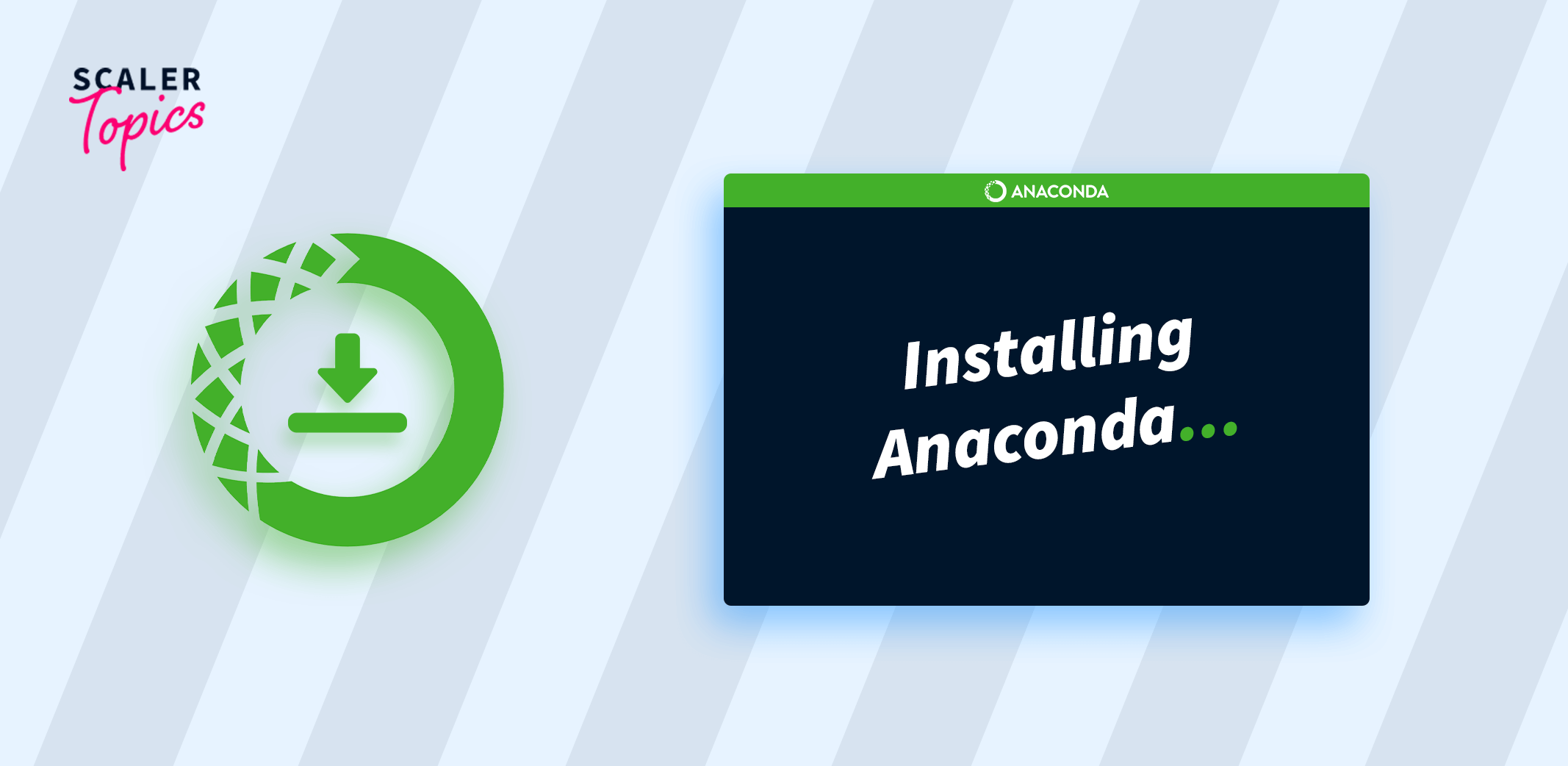
- #Install anaconda mac brew install#
- #Install anaconda mac brew code#
- #Install anaconda mac brew free#
- #Install anaconda mac brew windows#
#Install anaconda mac brew install#
Pip install label-studio Upgrade Label Studio # Start the server in development mode at python label_studio/manage.py runserver Install with Anaconda conda create -name label-studioĬonda install psycopg2 # required for LS 1.7.2 only Python label_studio/manage.py collectstatic
#Install anaconda mac brew code#
If you want to use nightly builds or extend the functionality, consider downloading the source code using Git and running Label Studio locally: git clone Python -m pip install label-studio Install from source To install Label Studio on Ubuntu and run it in a virtual environment, run the following command: python3 -m venv env source env/bin/activate SSH into and import the archive: docker image import /tmp/label_studio_įollow steps from Install and Upgrade to run LS. Transfer it to another VM: scp label_studio_ :/tmp Install Label Studio without internet accessĭownload label-studio docker image (host with internet access and docker): docker pull heartexlabs/label-studio:latestĮxport it as a tar archive: docker save heartexlabs/label-studio:latest | gzip > label_studio_ You can also use a PostgreSQL database without Docker Compose. This starts Label Studio with a PostgreSQL database backend. Use Docker Compose to serve Label Studio at You must use Docker Compose version 1.25.0 or higher. If you want to build a local image, run: docker build -t heartexlabs/label-studio:latest. In PowerShell: docker run -it -p 8080:8080 -v $/mydata:/label-studio/data heartexlabs/label-studio:latest label-studio -log-level DEBUG Build a local image with Docker
#Install anaconda mac brew windows#
In Windows Command Line (cmd): docker run -it -p 8080:8080 -v % cd%/mydata:/label-studio/data heartexlabs/label-studio:latest label-studio -log-level DEBUG You can override the default Docker install by appending new arguments. Or for Windows, you have to modify the volumes paths set by -v option. mydata directory, run the following: docker run -it -p 8080:8080 -v $( pwd)/mydata:/label-studio/data heartexlabs/label-studio:latestĪs this is a non-root container, the mounted files and directories must have the proper permissions for the UID 1001. To install and start Label Studio at storing all labeling data in. Make sure you have Docker installed on your machine. Label Studio is also available as a Docker container. Please refer to start Label Studio for more options when starting Label Studio. The default web browser will automatically open at with Label Studio. If you do not have Brew installed, please visit brew.sh for installation instructions.Įxecute the following command to add the Heartexlabs tap: brew tap heartexlabs/tapĮxecute the following command to install Label Studio: brew install heartexlabs/tap/label-studioĪfter you install Label Studio, initiate the server using the following command: label-studio To install Label Studio with Brew, you need to have Brew package manager installed on your system. Run the following: pip install label-studioĪfter you install Label Studio, start the server with the following command: label-studio To install Label Studio with pip, you need Python version 3.8 or later. Run the following: python3 -m venv env source env/bin/activate To install Label Studio with pip and a virtual environment, you need Python version 3.8 or later.

We highly recommend using a virtual environment (venv or conda) to reduce the likelihood of package conflicts or missing packages. Install Label Studio in a clean Python environment. If using other web browsers, or older versions of supported web browsers, unexpected behavior could occur.

Label Studio is tested with the latest version of Google Chrome and is expected to work in the latest versions of: PostgreSQL version 11.5 or SQLite version 3.35 or higher. for example, t3.large or t3.xlarge on Amazon AWS.įor more on using Label Studio at scale and labeling performance, see Start Label Studio. Use a minimum of 8GB RAM, but 16GB RAM is recommended. 50GB of disk space is recommended for production instances. As a benchmark, 1 million labeling tasks take up approximately 2.3GB on disk when using the SQLite database. Server requirementsĪllocate disk space according to the amount of data you plan to label. To use a different port, specify it when starting Label Studio. Label Studio expects port 8080 to be open by default. You can install Label Studio on a Linux, Windows, or MacOSX machine running Python 3.6 or later.
#Install anaconda mac brew free#
Label Studio is also available an enterprise product, which you can explore instantly through a free trial. Choose the installation method that works best for your environment: Install Label Studio on premises or in the cloud.


 0 kommentar(er)
0 kommentar(er)
